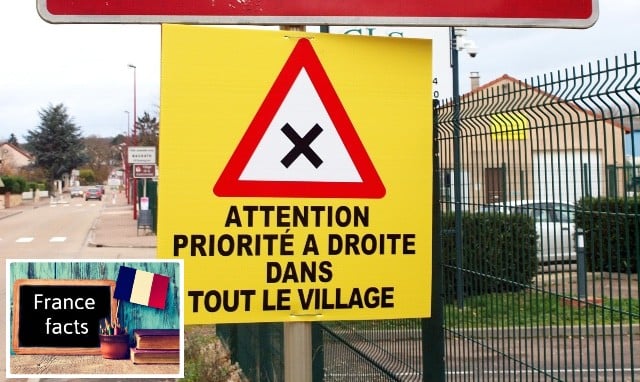The rule of priorité à droite – give way from the right – is well known but also widely misunderstood.
Said to have been originally introduced to make life easier for people driving a horse-drawn cart, it is still enshrined in the highway code, and regularly confuses non French drivers (and sometimes even some French ones).
Essentially the problem with it is realising when it should be applied and when it should not.
The rule that you must give way to any traffic approaching from the right applies on all roads – except those that have other markings or signage in place.
So in practice, most roads have their own road signs or road markings that tell you who has priority.
The ones that don't tend to be smaller rural roads which is where priorité à droite applies.
Except there are some fairly major routes that don't have alternative markings – such as the Arc de Triomphe roundabout – so the rule of the right applies again.
Simple, no?
Well no not really – here is a full explanation of how priorité à droite really works.



 Please whitelist us to continue reading.
Please whitelist us to continue reading.
Member comments